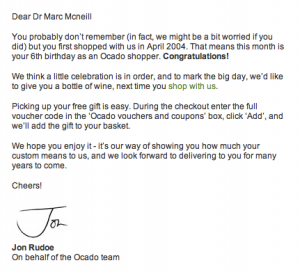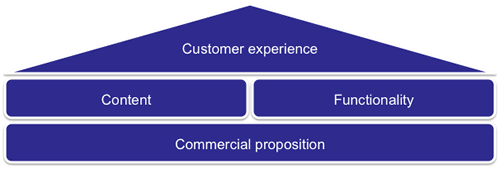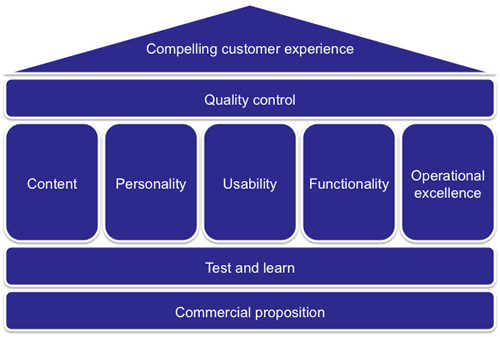Buck the trend
“Mary Queen of Shops”. Mary Portas gets rave reviews, helping small, struggling retailers find their feet again. She is very successful and her formula makes for good TV. I’ve only seen the one programme, a couple of weeks ago where she was invited to help a bakery in Raynes Park; a place I know well having gone to school just round the corner. The owner, Angela, was stuck in the past, selling white bread and iced cakes from the seventies. It seemed she beleived that Mary would revamp the interior design of her shop not overhaul her whole product set. The editing didn’t help her, she came accross as a rude and throroughly unpleasent woman. If her business goes up the wall, serves her right.
Yet reading reviews in the run up to the programme made me reflect on this judgement. What was being proscribed was formulaic and too be expected. Focus upon specialty breads go for the chattering middle class market, bring Borough Market and its bread stalls to the Raynes Park suburban semis. The reviews reveal that actually the bakery is well thought of in the community.
Maher bakery is simply one of the great family establishments in South West London. It’s run by the delightful Angela,who is an example to all of us. Long may it be serve and entertain its happy customers for another 36 years!!…….
There is a market for something other than what the current trend dictates. There is clearly a demand for the experience that the Maher bakery offers. Speciality breads are the easy answer, not necessarily the right answer.
The fact that it is old fashioned, the egg and bacon baps are the best in SW anywhere and the friendly atmosphere are exactly the reasons why it is so popular and always busy on Saturday mornings…says we who have been coming for more than 15 years.
It reminds me of the working with retail banks in the dot com era, predictions of the death of branch banking and the closure of the high street banks. My colleagues poured scorn on me when I tried to defend the branch bank (something I had direct experience of, having spent time working in them); other than the poor and elderly (who were not profitable to the bank), why maintain a costly, dated branch network? Times change and branch banking is becoming fashionable again. Nat West have just launched a new campaign with 14 committments to “becoming Britains most helpful bank”. Commitment Number one is to “open more branches on Saturdays and extend the opening hours in [their] busiest branches” and they aim to “support the communities in which [they] live and work”. That is what high street banks used to do. Until someone like Mary Queen of Shops persuaded them to get on board the new cargo cult. And now the new banking innovation is to throw all that cargo cult thinking away and take inspiration from the past.
Sometimes innovation is bucking the trend. Like the Raynes Park bakery that does what it has always done; do it well, and continuously exceed your customer expectations.



